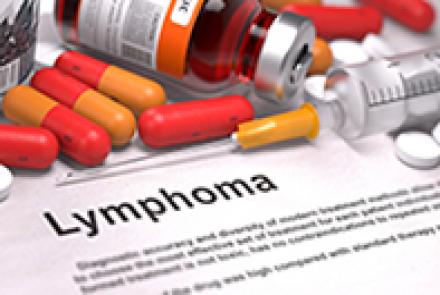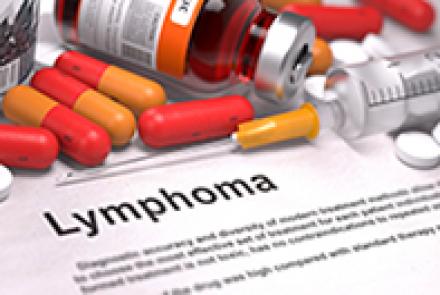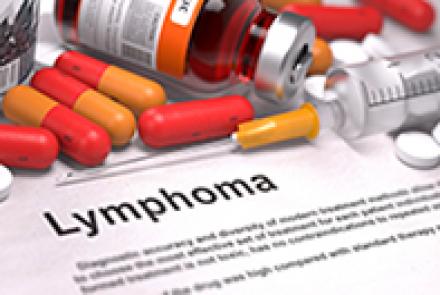The degree to which different characteristics affect a child depends on the level of severity of impairments:
Children with autism have problems in three core areas: socialisation, communication, and restricted patterns of behaviours and interests.
Children with Asperger’s Syndrome have problems in two areas: socialisation and restricted patterns of interests. They do not have clinically significant delays in early language development or significant delays in cognitive development. …
Latest Stories
- Autism Spectrum Disorder is a behaviourally defined condition and the cause of autism or the combination of causes of autism spectrum disorders is not fully known. Autism is likely to have multiple aetiologies (causation) including genetic factors. Early life events, for example complications during pregnancy, and environmental factors are believed to interact with genetic susceptibility causing brain dysfunctions that affect the developing brain’s ability to handle information. …
- Families often find themselves at wit’s end looking after a loved one with dementia. Porrselvi A.P., a cognitive and psychosocial interventions specialist, offers a case study that shows that caregiving challenges can be overcome with the right strategies. We received a call from a very disturbed Mr. K, who was trying to find a dementia care home for his aged father, Mr. S., aged 73. Mr. K was distressed because he had never thought there would come a day when he would have to seek…
- Diagnosis of Hodgkin's Lymphoma The doctor will take your case history, carry out physical examination and recommend laboratory tests and imaging studies. Physical examination focuses on the location and size of all palpable lymph nodes, abnormal lung sounds, and enlargement of liver, spleen, or both. Laboratory studies The doctor may recommend the following: Complete blood picture: may be normal in early stages but in advanced stages there may be either decrease in the red blood…
- Treatment of Hodgkin's Lymphoma The choice of treatment of HL is based on the stage at presentation and prognostic factors. Today, the most widely used approach is a combination of chemotherapy with radiation therapy. This approach yields a greater than 90% cure rate. Early-stage (stage I-II) favourable disease is treated with short term chemotherapy with ABVD (Adriamycin, bleomycin, vinblastine, and dacarbazine) or BEACOPP or Stanford V regimen. Radiation therapy (20-30 Gy) usually 2 to…
- Risk factors for Hodgkin’s lymphoma The risk factors for Hodgkin’s lymphoma are infectious agents, immunity and genetic susceptibility. Infectious agents: Prior Infectious mononucleosis (IM) infection and Measles virus (MV) infection has been recognised as a risk factor for HL. People with HIV infection are more prone to develop Hodgkin’s lymphoma and this along with Kaposi’s sarcoma is considered as AIDS-defining cancers. This means that if a person with HIV has one of these cancers, it can…
- There are two broad divisions of lymphomas; Hodgkin’s lymphoma and non-Hodgkin’s lymphoma. Hodgkin’s lymphoma Hodgkin’s lymphoma (HL) is a cancer that arises from B lymphocytes. Also known as Hodgkin’s disease, it was first described by Thomas Hodgkin in 1831. This is less common than non-Hodgkin’s lymphoma and accounts for approximately 15% of all lymphomas and is common in young adults. It is characterised by the presence of Reed-Sternberg cells. Early diagnosis can lead to full…
- There are roughly over 60 types of lymphomas which are commonly grouped as Hodgkin and non-Hodgkin. Symptoms can be general and can be seen almost anywhere in the body not just the area where the cancer is around. Signs and Symptoms of Hodgkin's Lymphoma Approximately one-third of the patients may have disease-related symptoms, including B symptoms and pruritis (itching of the skin). Less commonly, patients may report pain in involved regions after ingestion of alcohol. B symptoms are…
- Ensure that patients understand their diagnosis, treatment options, and prognosis and complications of therapy, which, in rare occasions, may result in a fatal event. Discuss potential complications of treatments with your doctor. Hodgkin's lymphoma Renal failure as a result of tumor lysis syndrome from therapy is a potential risk in all patients, especially those with a high tumor burden. Aggressive management of this potentially life-threatening complication should be clearly addressed…















